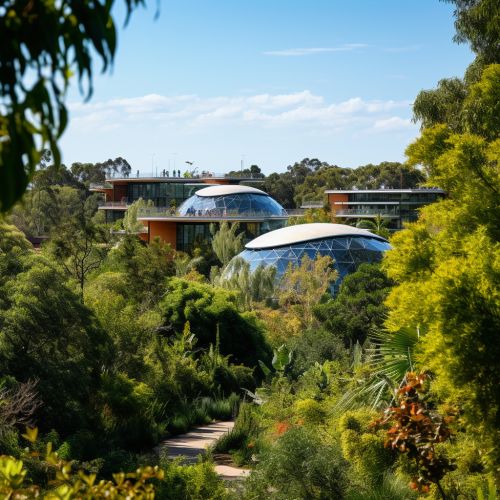San Diego Zoo Institute for Conservation Research
Overview
The San Diego Zoo Institute for Conservation Research is a globally recognized research organization committed to the conservation of endangered species and their habitats. The institute is a part of the San Diego Zoo Global, a non-profit organization that operates the San Diego Zoo and the San Diego Zoo Safari Park. The institute is known for its innovative research, dedicated conservation efforts, and extensive educational programs.


History
The San Diego Zoo Institute for Conservation Research was established in 1975 as the Center for Reproduction of Endangered Species (CRES). The institute was renamed in 2009 to reflect its broader mission of conservation science. It has been instrumental in the conservation of numerous species, including the California condor, the northern white rhino, and the Hawaiian crow.
Research and Conservation
The institute conducts research in various fields including genetics, disease diagnostics, ecology, reproductive physiology, and behavior. The research is aimed at understanding the needs of endangered species and developing strategies for their conservation.
Genetics
The Genetics Division of the institute uses advanced genetic techniques to study the genetic diversity and population structure of endangered species. This information is crucial for developing effective conservation strategies.
Disease Diagnostics
The Disease Investigations Division focuses on understanding and combating diseases that threaten wildlife. This includes studying disease ecology, developing diagnostic tools, and creating disease management strategies.
Ecology
The Recovery Ecology Division works on the restoration and management of habitats for endangered species. This involves studying the ecological requirements of species and implementing conservation actions.
Reproductive Physiology
The Reproductive Physiology Division studies the reproductive biology of endangered species. The division has made significant contributions to the field, including the development of assisted reproductive technologies for endangered species.
Behavior
The Behavioral Biology Division studies the behavior of endangered species to understand their needs and improve their management in captivity and in the wild.
Education and Outreach
The institute is also committed to education and outreach. It offers various programs for students, teachers, and the general public to learn about conservation and the importance of biodiversity.
Facilities
The institute's facilities include state-of-the-art laboratories, a library, and a veterinary hospital. It also has field stations in various parts of the world, where researchers work on conservation projects.
Achievements
The institute has made significant contributions to the conservation of endangered species. Some of its notable achievements include the recovery of the California condor, the development of a frozen zoo, and the reintroduction of the Hawaiian crow into the wild.
Future Directions
The institute continues to expand its research and conservation efforts. It aims to develop new technologies and strategies for the conservation of endangered species and their habitats.
